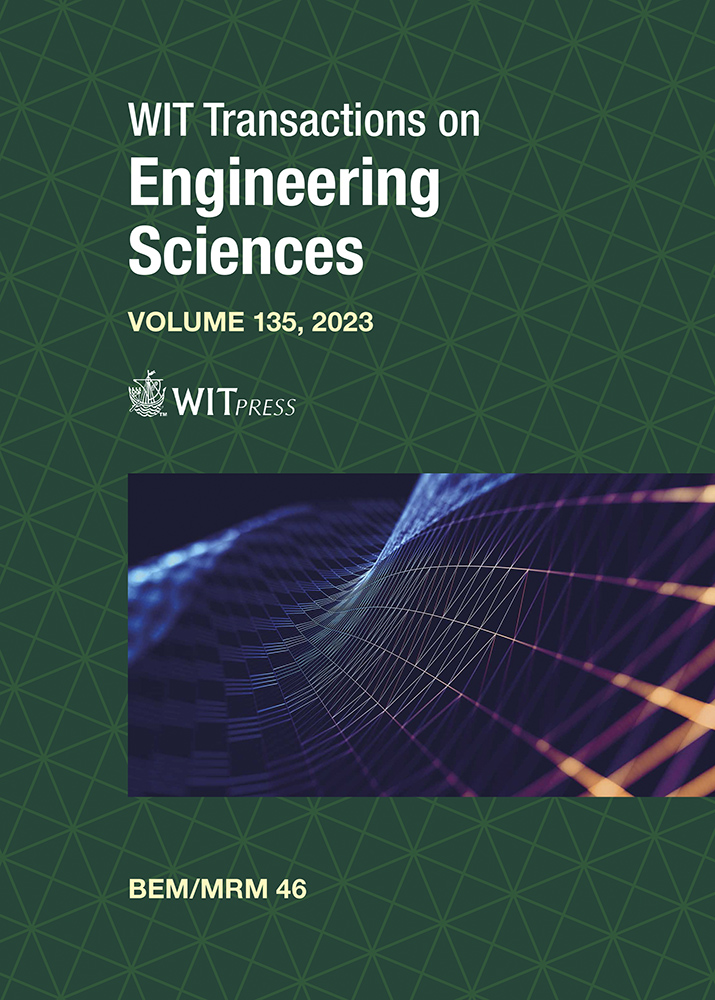REAL- AND COMPLEX-VARIABLE IMPLEMENTATIONS OF THE CONSISTENT BOUNDARY ELEMENT METHOD IN TWO-DIMENSIONAL ELASTICITY: A COMPARATIVE ASSESSMENT
Price
Free (open access)
Transaction
Volume
135
Pages
12
Page Range
55 - 66
Published
2023
Paper DOI
10.2495/BE460061
Copyright
Author(s)
NEY AUGUSTO DUMONT
Abstract
The collocation boundary element method has recently been entirely revisited by the author. Arbitrary rigid-body displacements, as for elasticity, are naturally taken into account, and traction force parameters are always in balance independently of problem scale and mesh discretization. For generally curved boundaries, the correct definition of traction force interpolation functions enables the enunciation of a general convergence theorem, the introduction of patch and cut-out tests, and, not least, a considerable simplification of the numerical implementations. Simple code schemes for the 2D formulation are proposed exclusively in terms of Gauss–Legendre quadrature for arbitrarily high – actually only machine-precision dependent – computational accuracy of results independently of a problem’s geometry and topology. On the other hand, the complex-variable formulation of the problem leads to more simplicity of implementation and numerical results that seem less liable to round-off errors. We propose in this contribution the comparative assessment of the real- and complex-variable formulations regarding coding efficiency, computational effort, error estimation, and numerical precision and accuracy of results for applications that are topologically highly challenging, with sourcefield distances in the subnanometer range.
Keywords
boundary elements, consistent formulation, machine-precision integration, complex-variable formulation





